Home>Furniture & Design>Interior Design Trends>What Is A Watch Glass
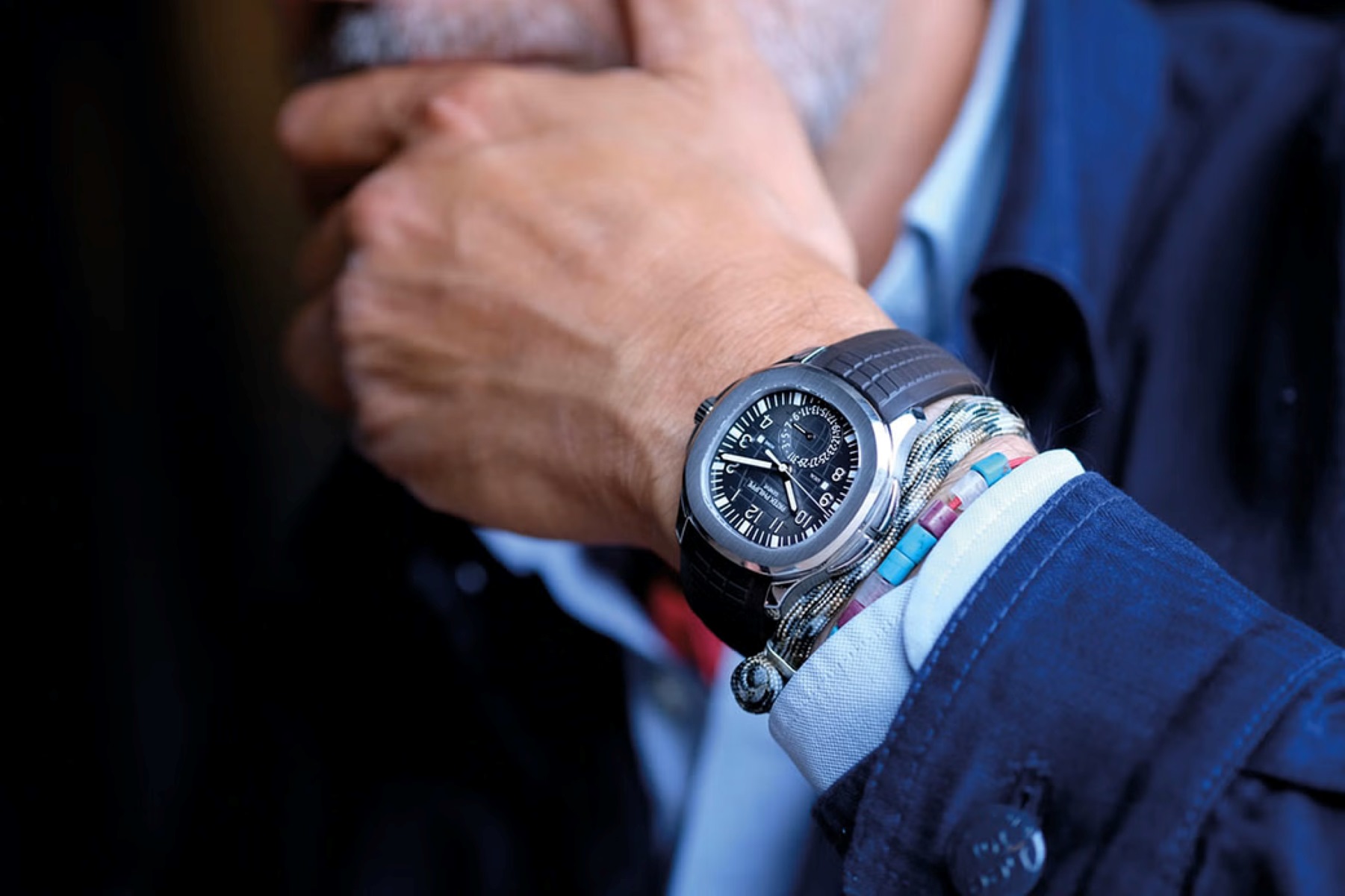

Interior Design Trends
What Is A Watch Glass
Published: February 4, 2024
Discover the latest interior design trends with our guide to watch glass, a versatile and stylish addition to any home decor. Explore innovative ways to incorporate this trend into your interior design.
(Many of the links in this article redirect to a specific reviewed product. Your purchase of these products through affiliate links helps to generate commission for Storables.com, at no extra cost. Learn more)
Introduction
Watch glass is a versatile and essential tool in various scientific and laboratory settings. It is a simple yet indispensable piece of equipment that serves multiple purposes, making it a fundamental component in the realm of scientific experimentation and analysis. This transparent, circular glass disc, often with a slight concave shape, is commonly used in chemistry, biology, and other scientific disciplines. Its unique properties and practical design make it an invaluable asset in laboratory environments.
The watch glass is not to be confused with the glass covering of a wristwatch; rather, it is a distinct item with its own set of functions and applications. Its name is derived from its resemblance to the crystal face of a traditional pocket watch, underscoring its circular shape and transparent nature. While it may seem unassuming at first glance, the watch glass plays a crucial role in various laboratory procedures, demonstrating its significance in scientific research and experimentation.
This article aims to delve into the intricacies of watch glass, shedding light on its definition, uses, materials, construction, and proper care and maintenance. By exploring these aspects, readers will gain a comprehensive understanding of the watch glass and its pivotal role in scientific endeavors. Let's embark on a journey to uncover the multifaceted nature of this unassuming yet indispensable tool.
Key Takeaways:
- Watch glass is a crucial tool in labs, used for covering beakers, evaporating liquids, conducting reactions, and more. Its transparent design allows scientists to observe and analyze substances without disturbing them.
- To keep watch glass in top shape, handle it carefully, clean it regularly with mild detergent and water, store it away from sunlight and heat, and inspect for damage. Proper care ensures its reliability in scientific experiments.
Read more: How To Replace A Watch Glass
Definition of Watch Glass
Watch glass, also known as a crystallizing dish, is a circular, slightly concave piece of glass commonly used in scientific laboratories. Its design typically features a smooth, flat bottom with a raised perimeter, resembling a shallow dish. The name "watch glass" is derived from its resemblance to the crystal face of a traditional pocket watch, emphasizing its circular shape and transparent composition.
This essential laboratory tool is primarily utilized for a range of purposes, including covering beakers and petri dishes to prevent contamination, evaporation, or splashing. It also serves as a surface for evaporating liquids, crystallizing compounds, or conducting small-scale reactions. The slight concave shape of the watch glass allows for the containment of liquids and solids, making it an ideal vessel for various laboratory procedures.
The watch glass is typically made from high-quality, transparent glass, ensuring optimal visibility of the contents it holds. Its transparency enables researchers and scientists to observe reactions, changes in substances, and the formation of crystals without the need to disturb the contents. This feature is particularly valuable in scientific experiments, as it allows for real-time observation and analysis of chemical and biological processes.
In addition to its primary functions, the watch glass can also be used as a weighing dish for small quantities of substances, providing a stable and easily cleanable surface for accurate measurements. Its versatility and practical design make it an indispensable tool in chemistry, biology, and other scientific disciplines, where precision, containment, and observation are paramount.
Overall, the watch glass is a fundamental component of laboratory equipment, offering a transparent, durable, and versatile solution for a wide array of scientific applications. Its simple yet effective design and multifunctional nature make it an indispensable asset in scientific research, experimentation, and analysis.
Uses of Watch Glass
The watch glass is a versatile and indispensable tool in scientific laboratories, serving a multitude of essential functions across various disciplines. Its practical design and transparent composition make it an invaluable asset in scientific research, experimentation, and analysis. Let's explore the diverse and crucial uses of the watch glass:
-
Covering Beakers and Petri Dishes: One of the primary uses of the watch glass is to cover beakers and petri dishes during scientific experiments. This serves to prevent contamination, evaporation, or splashing, safeguarding the integrity of the experiment and the substances being studied. The transparent nature of the watch glass allows researchers to monitor the contents without disrupting the experimental setup.
-
Evaporation and Crystallization: The watch glass provides a stable surface for the evaporation of liquids and the crystallization of compounds. Its slight concave shape enables the containment of substances, facilitating the evaporation process while allowing the observation of crystalline formations. This function is particularly valuable in chemistry and biology, where the study of crystalline structures and the evaporation of solvents is integral to various experiments and analyses.
-
Conducting Small-Scale Reactions: In laboratory settings, the watch glass is often utilized as a vessel for conducting small-scale reactions. Its transparent surface allows researchers to observe the progression of reactions, the interaction of substances, and the formation of reaction products. This observational capability is essential for monitoring and analyzing chemical and biological processes in real time.
-
Weighing Dish: Due to its flat, stable surface, the watch glass serves as an ideal weighing dish for small quantities of substances. This feature is particularly valuable in analytical chemistry and precise measurements, providing a reliable platform for accurately weighing and transferring substances without the risk of spillage or contamination.
-
Observation and Analysis: The transparency of the watch glass enables researchers to observe and analyze the behavior of substances, the formation of crystals, and the progression of reactions without disturbing the experimental setup. This observational capacity is crucial for gaining insights into the properties and behaviors of various compounds and biological samples.
In summary, the watch glass plays a pivotal role in laboratory settings, offering a range of essential functions that contribute to the success and accuracy of scientific experiments and analyses. Its versatility, transparency, and practical design make it an indispensable tool for researchers and scientists across diverse scientific disciplines.
Materials and Construction
The materials and construction of watch glass are crucial aspects that contribute to its functionality and reliability in laboratory settings. Watch glasses are typically crafted from high-quality, transparent glass, ensuring optimal visibility and durability. Borosilicate glass, known for its resistance to thermal shock and chemical corrosion, is commonly used in the production of watch glasses. This type of glass is ideal for withstanding the rigors of laboratory environments, where exposure to varying temperatures and reactive substances is common.
The construction of watch glass involves precision shaping and polishing to achieve a smooth, flat bottom with a raised perimeter. The slight concave shape of the watch glass is carefully crafted to facilitate the containment of liquids and solids, making it suitable for a wide range of laboratory applications. The raised perimeter serves to provide stability and prevent spillage, ensuring that the contents remain securely within the watch glass during experiments and analyses.
Furthermore, the manufacturing process of watch glass involves stringent quality control measures to guarantee uniform thickness and optical clarity. This attention to detail is essential for maintaining consistent transparency and minimizing distortions, enabling researchers to accurately observe and analyze the contents held within the watch glass.
In addition to traditional glass watch glasses, there are also modern variations constructed from synthetic materials such as polycarbonate. These alternatives offer enhanced durability and impact resistance, making them suitable for more demanding laboratory environments where accidental breakage may pose a risk.
The materials and construction of watch glass underscore its reliability, versatility, and suitability for a wide array of scientific applications. By utilizing high-quality materials and employing precise manufacturing techniques, watch glass manufacturers ensure that this essential laboratory tool meets the stringent requirements of scientific research and experimentation.
In summary, the materials and construction of watch glass are carefully selected and executed to provide researchers and scientists with a transparent, durable, and versatile tool that is indispensable in laboratory settings. The use of high-quality materials and meticulous construction techniques ensures that watch glass remains a fundamental component of scientific equipment, contributing to the success and accuracy of various laboratory procedures.
Care and Maintenance
Proper care and maintenance of watch glass are essential to ensure its longevity, functionality, and reliability in laboratory environments. By adhering to best practices for handling, cleaning, and storage, researchers and scientists can maximize the lifespan and performance of this indispensable laboratory tool.
Read more: What Size Screwdriver For Watch Links
Handling
When handling watch glass, it is important to exercise caution to prevent accidental breakage or damage. Always hold the watch glass by its edges to avoid leaving fingerprints or smudges on the transparent surface. Additionally, use gentle and controlled movements when placing or removing the watch glass from beakers, petri dishes, or other laboratory equipment to minimize the risk of breakage.
Cleaning
Regular cleaning is crucial to maintain the transparency and cleanliness of the watch glass. To clean watch glass, begin by rinsing it with a mild detergent and warm water to remove any residues or contaminants. Use a soft brush or non-abrasive sponge to gently scrub the surface, taking care to avoid harsh scrubbing that may scratch the glass. After cleaning, thoroughly rinse the watch glass with distilled water to remove any detergent residue, and then carefully dry it with a lint-free cloth to prevent water spots or streaks.
Storage
Proper storage is essential to protect watch glass from damage and contamination when not in use. Store watch glass in a designated area away from direct sunlight and heat sources to prevent potential warping or degradation of the glass. Additionally, consider using protective cases or containers to shield the watch glass from dust, debris, and accidental impacts during storage.
Inspection
Regular inspection of watch glass is recommended to identify any signs of damage, such as chips, cracks, or scratches. If any damage is detected, promptly discontinue the use of the affected watch glass to prevent potential hazards or compromised experimental results. Regular inspection also allows for the early identification of any contaminants or residues that may have accumulated on the surface, prompting timely cleaning and maintenance.
Read more: What Is The Most Watched Television Event
Handling Chemicals
When using watch glass in experiments involving reactive chemicals or corrosive substances, it is important to follow proper safety protocols and handling procedures. Avoid exposing the watch glass to chemicals that may cause damage or discoloration, and promptly clean the watch glass after use to prevent the buildup of residues that may affect its transparency and functionality.
By implementing these care and maintenance practices, researchers and scientists can ensure that watch glass remains a reliable and effective tool in laboratory settings. Proper handling, cleaning, storage, inspection, and chemical handling procedures contribute to the longevity and optimal performance of watch glass, supporting the success and accuracy of scientific experiments and analyses.
Conclusion
In conclusion, the watch glass stands as a fundamental and versatile tool in scientific laboratories, offering a range of essential functions that contribute to the success and accuracy of various experiments and analyses. Its transparent, durable, and practical design makes it an indispensable asset in scientific research, experimentation, and analysis across diverse disciplines such as chemistry, biology, and more.
The watch glass's uses, including covering beakers and petri dishes, facilitating evaporation and crystallization, conducting small-scale reactions, and serving as a weighing dish, highlight its multifaceted nature and pivotal role in laboratory settings. Its transparent composition enables real-time observation and analysis, allowing researchers to monitor reactions, crystalline formations, and substance behaviors without disrupting the experimental setup.
Furthermore, the materials and construction of watch glass, often crafted from high-quality, transparent glass such as borosilicate glass, underscore its reliability and suitability for withstanding the rigors of laboratory environments. The precision shaping and polishing ensure a smooth, stable surface for containing substances, while modern variations constructed from synthetic materials offer enhanced durability and impact resistance.
Proper care and maintenance are essential to maximize the longevity and performance of watch glass. By following best practices for handling, cleaning, storage, inspection, and chemical handling, researchers and scientists can ensure that watch glass remains a reliable and effective tool in laboratory settings, contributing to the success and accuracy of scientific experiments and analyses.
In essence, the watch glass's significance cannot be overstated in the realm of scientific research and experimentation. Its simplicity belies its crucial role in facilitating precise measurements, containment, observation, and analysis, making it an indispensable component of laboratory equipment. As scientific advancements continue to unfold, the watch glass will undoubtedly remain a steadfast companion in the pursuit of knowledge and discovery.
Frequently Asked Questions about What Is A Watch Glass
Was this page helpful?
At Storables.com, we guarantee accurate and reliable information. Our content, validated by Expert Board Contributors, is crafted following stringent Editorial Policies. We're committed to providing you with well-researched, expert-backed insights for all your informational needs.
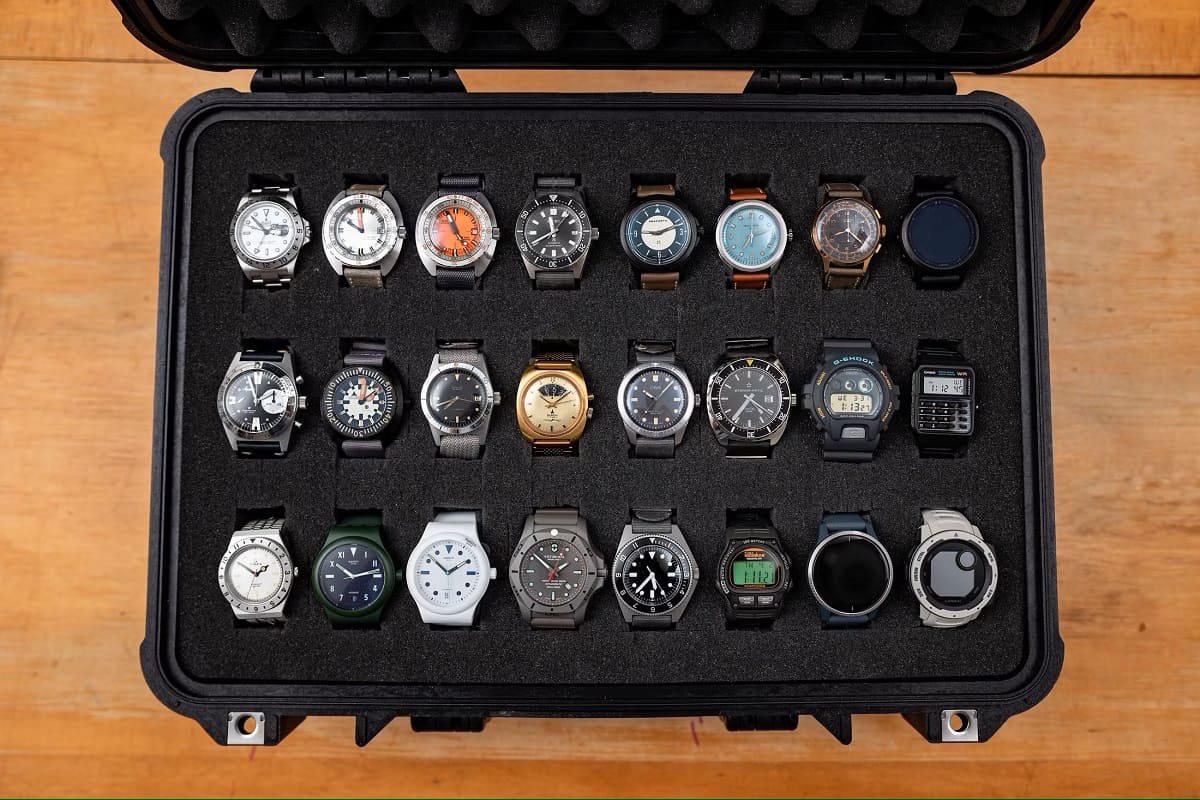


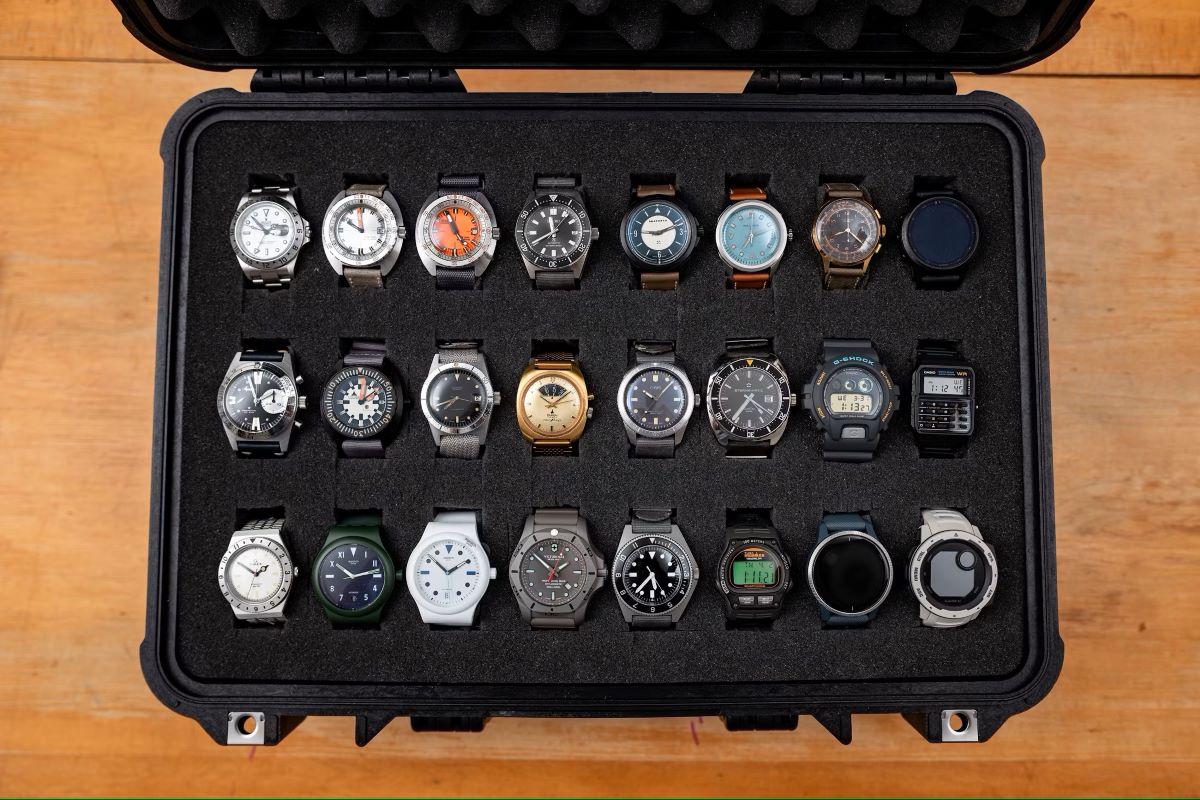
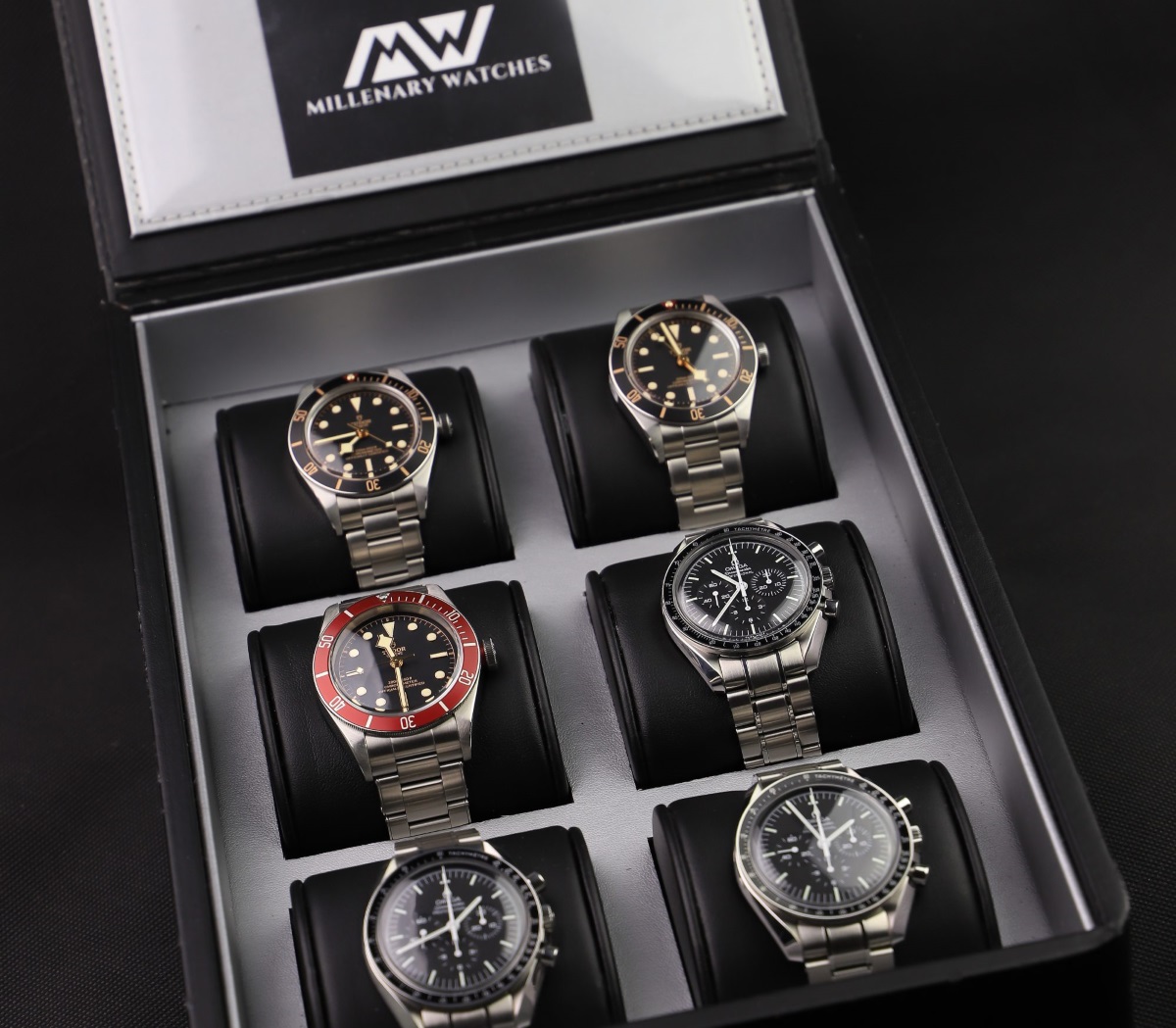


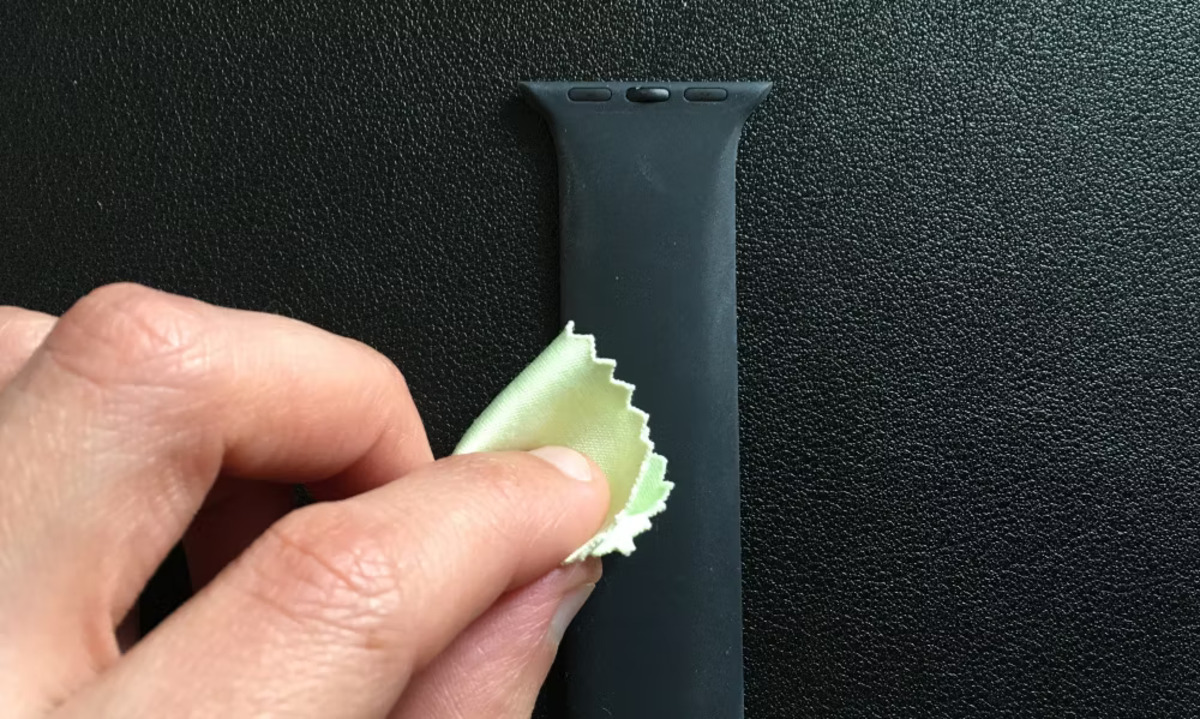
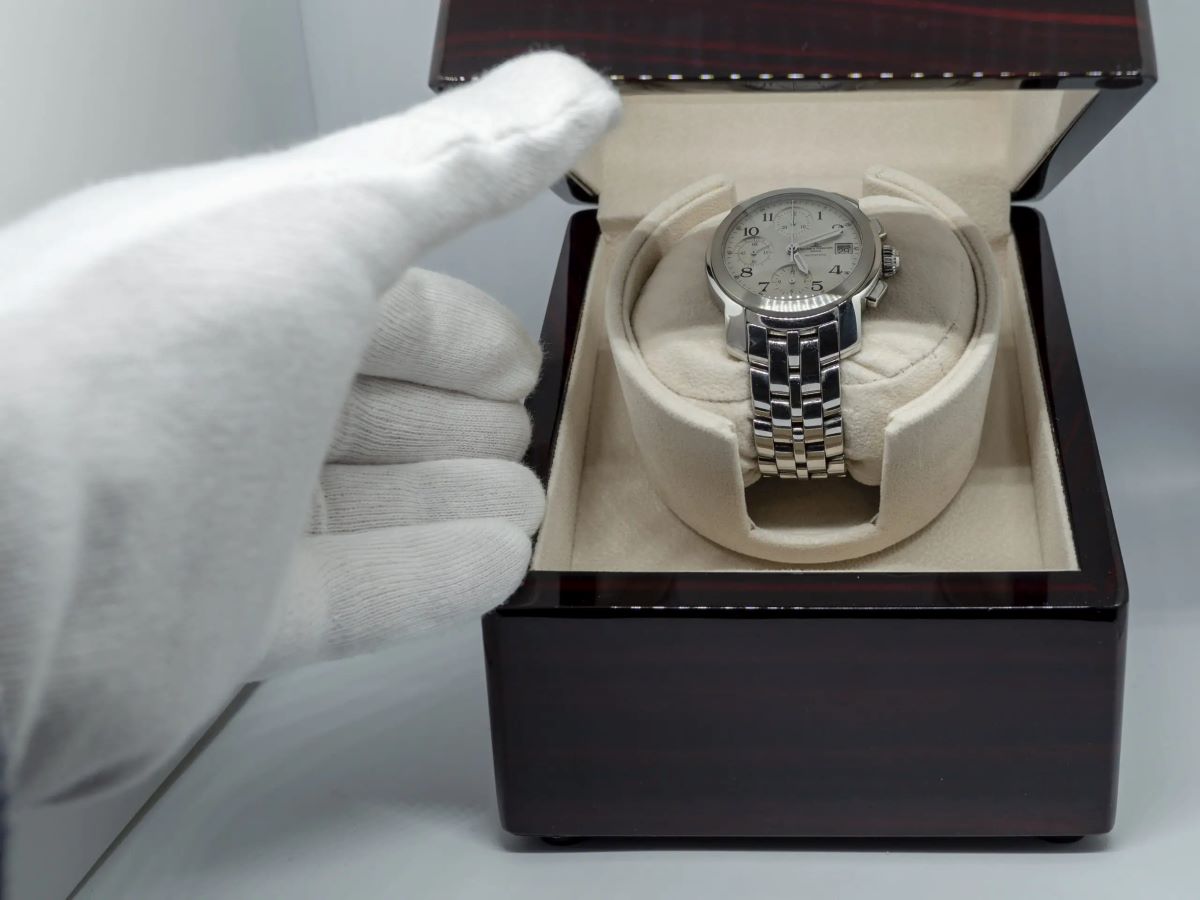
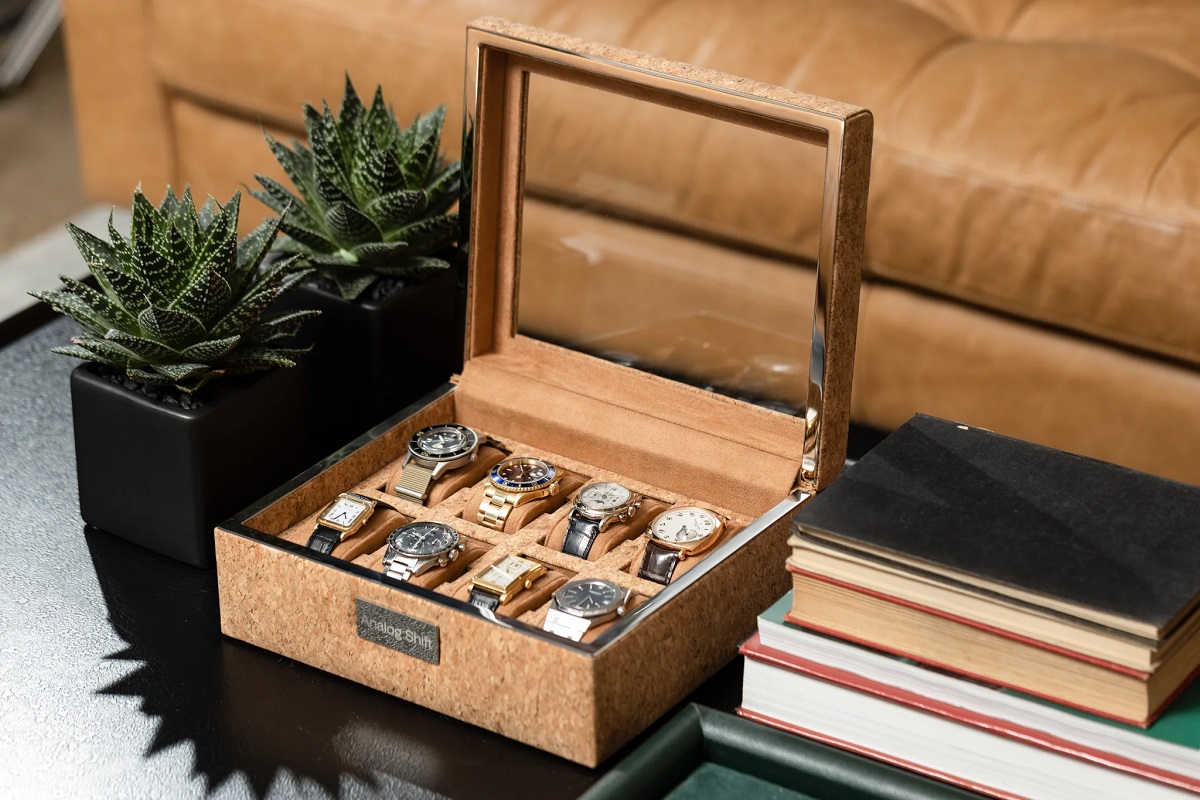




0 thoughts on “What Is A Watch Glass”